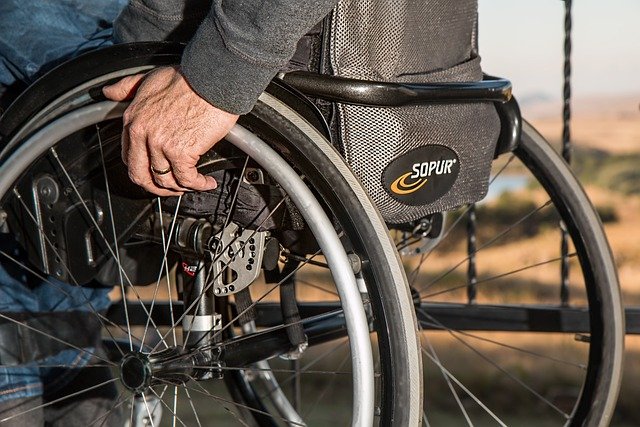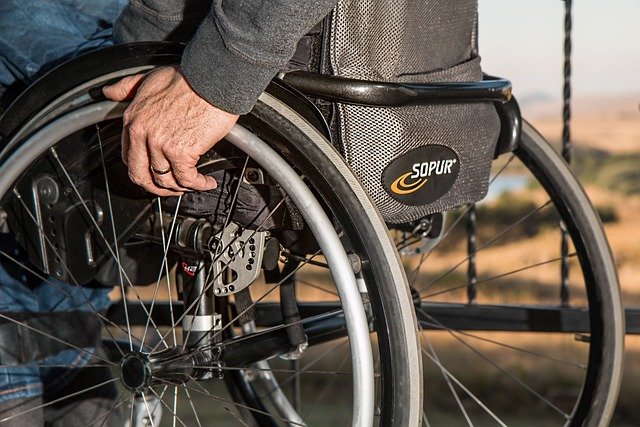Mobility (Handicap) Scooter: Essential Guide to Choosing, Using, and Maintaining Your Mobility Scooter
Mobility scooters provide independence and freedom for individuals with limited mobility, offering a practical solution for daily transportation needs. These battery-powered devices come in various configurations, from lightweight portable models to heavy-duty outdoor variants, each designed to meet specific user requirements and lifestyle demands.

Mobility scooters have revolutionized personal transportation for millions of people worldwide, transforming how individuals with mobility challenges navigate their daily lives. Whether recovering from surgery, managing a chronic condition, or dealing with age-related mobility changes, these devices offer practical solutions that enhance quality of life and maintain independence.
Types and Features: Choosing the Right Handicap Scooter
Mobility scooters fall into several distinct categories, each engineered for specific environments and user needs. Three-wheel models offer superior maneuverability in tight spaces, making them ideal for indoor use and navigating crowded areas. Four-wheel scooters provide enhanced stability and are better suited for outdoor terrain and longer distances.
Travel scooters prioritize portability, featuring lightweight frames and quick disassembly for car transport. Heavy-duty models accommodate higher weight capacities and rougher terrain, while mid-size options balance portability with performance. Key features to evaluate include weight capacity, turning radius, ground clearance, and available accessories like baskets, cup holders, and weather protection.
Safety and Accessibility Considerations
Safety features form the foundation of any quality mobility scooter design. Anti-tip wheels prevent backward tipping on inclines, while electromagnetic brakes ensure reliable stopping power. LED lighting systems improve visibility during low-light conditions, and horn or bell systems alert pedestrians to your presence.
Accessibility extends beyond the scooter itself to include ramp compatibility, doorway clearance, and elevator access. Understanding local accessibility laws and regulations helps ensure compliance when using scooters in public spaces. Many models include safety flags, reflective strips, and mirrors to enhance visibility and awareness.
Battery, Range, and Charging Essentials
Battery technology directly impacts scooter performance and user experience. Most modern scooters utilize sealed lead-acid or lithium-ion batteries, each offering distinct advantages. Lead-acid batteries provide reliable performance at lower costs, while lithium options offer lighter weight and longer lifespan.
Range considerations vary significantly based on battery capacity, user weight, terrain, and weather conditions. Typical ranges span from 8-15 miles for portable models to 25-35 miles for heavy-duty variants. Charging protocols require attention to manufacturer guidelines, with most batteries requiring 6-8 hours for full charging cycles.
Comfort, Fit, and Ergonomics
Proper fit ensures comfortable, safe operation over extended periods. Seat height, width, and depth must accommodate individual body dimensions, while armrest positioning affects steering comfort and stability. Adjustable features like seat swivel, backrest angle, and footrest positioning allow customization for optimal ergonomics.
Suspension systems significantly impact ride quality, particularly on uneven surfaces. Pneumatic tires provide superior shock absorption compared to solid alternatives, though they require periodic maintenance. Captain’s chairs offer enhanced comfort with additional padding and lumbar support for longer journeys.
Maintenance, Repairs, and Cost Considerations
Regular maintenance extends scooter lifespan and ensures reliable operation. Battery care represents the most critical maintenance aspect, requiring proper charging habits and periodic replacement every 12-18 months. Tire pressure checks, brake adjustments, and electrical connection inspections should occur monthly.
Common repair needs include battery replacement, tire changes, and brake adjustments. Many basic maintenance tasks can be performed by users, while complex electrical or mechanical issues require professional service. Establishing relationships with local dealers or repair services ensures prompt assistance when needed.
| Scooter Type | Provider | Price Range | Key Features |
|---|---|---|---|
| Travel/Portable | Pride Go-Go | $800-$1,500 | Lightweight, disassembles easily |
| Mid-Size | Drive Medical | $1,200-$2,500 | Balanced performance, moderate range |
| Heavy-Duty | Golden Technologies | $2,000-$4,500 | High weight capacity, extended range |
| All-Terrain | Afikim | $3,000-$6,000 | Rugged construction, superior suspension |
Prices, rates, or cost estimates mentioned in this article are based on the latest available information but may change over time. Independent research is advised before making financial decisions.
Selecting the right mobility scooter requires careful consideration of individual needs, lifestyle requirements, and budget constraints. By understanding the various types, safety features, and maintenance requirements, users can make informed decisions that enhance their mobility and independence for years to come.




